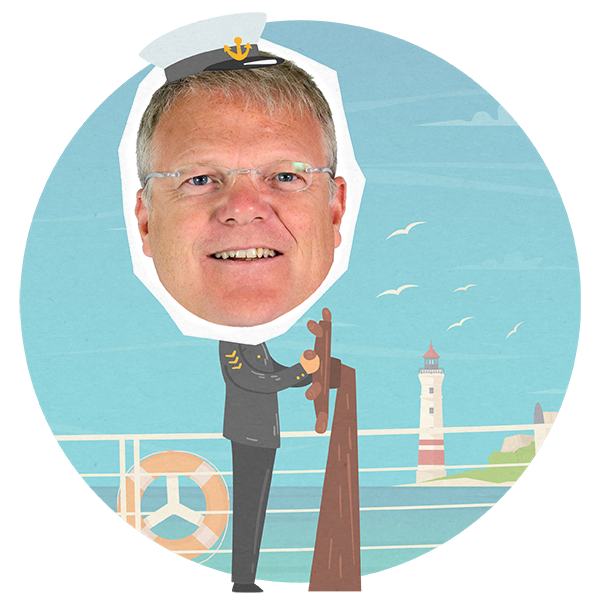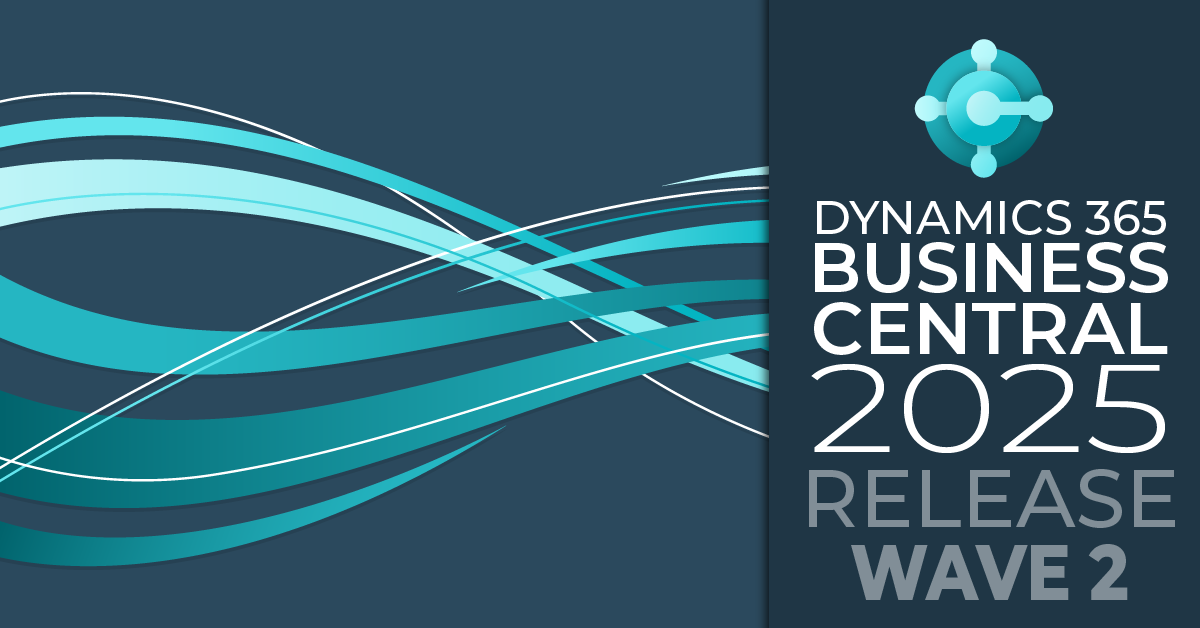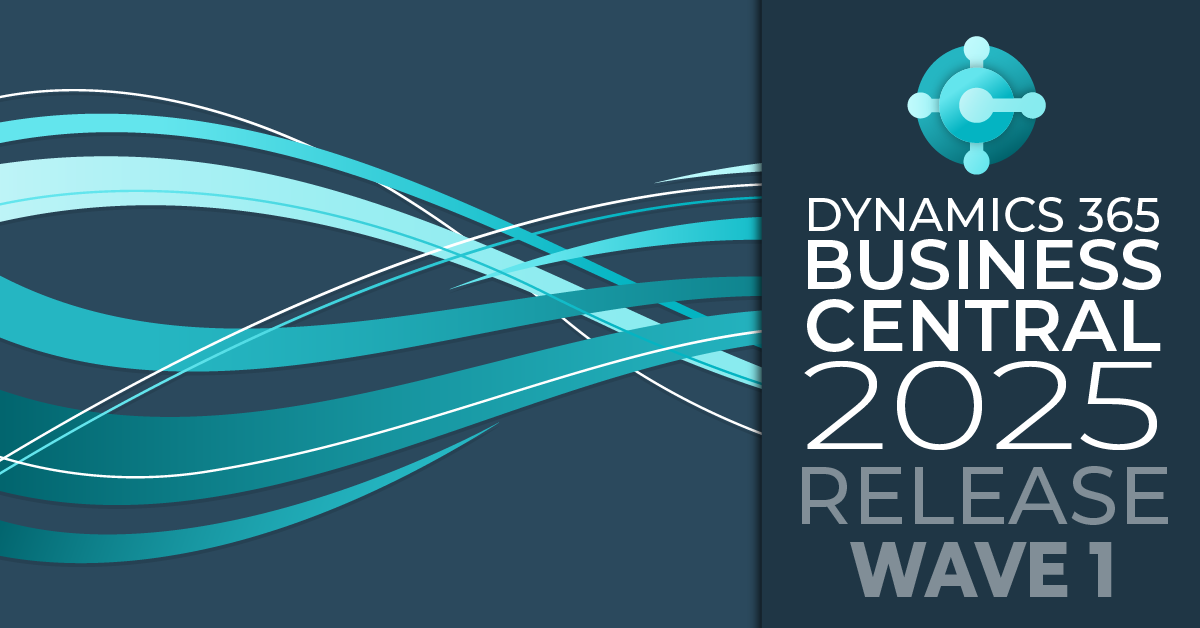In the beginning, the term ‘Enterprise Resource Planning’ was first coined by Gartner in 1990. However, the story began in the 1960s – right at the beginning of commercial computing. Software developers started building tools to calculate reorder points and economic order quantities, to help businesses with their inventory management and control.
Having delivered those capabilities, the developers kept coding. Through the 1970s, these tools kept evolving to the point where large-scale manufacturers used them to manage material requirements planning. The tools were aptly named MRP.
By the 1980s, MRP tools had moved on to support plant capacity planning, at which point someone called Marketing, who came up with the name ‘MRP II’.
Then in the 1990s, Gartner broadened the MRP II concept to make it relevant to all enterprise companies, not just manufacturers, and introduced the term ‘Enterprise Resource Planning’ (ERP).
“The ability to deliver an integrated suite of business applications. Enterprise Resource Planning tools share a common process and data model, covering broad and deep operational end-to-end processes, such as those found in finance, HR, distribution, manufacturing, service and the supply chain. ERP applications automate and support a range of administrative and operational business processes across multiple industries, including line of business, customer-facing, administrative and the asset management aspects of an enterprise.”
In the meantime
Whilst the ERP industry has been busy enhancing its software, the wider IT industry have been busy doing their thing – moving from mainframe to minicomputer and from minicomputer to client/server. Each step on this journey has brought greater usability, more integration, and a lower cost of ownership to all software and ERP in particular. The shift to cloud is the most recent example.
So ‘cloud ERP’ was born. Listening to many cloud ERP vendors, you could be forgiven for believing that cloud ERP is some completely new category of application, capable of delivering improvement that businesses have never dared to even dream of.
Here’s a few examples – first from Accumatica:
- ‘Cloud ERP can save you money’
- ‘Cloud ERP makes you more flexible’
- ‘It’s easier to scale your growth with cloud ERP’
- ‘Cloud ERP is fast and secure’
- ‘Boost business value through customer-proven best practices’
- ‘Empower your IT department to support more strategic growth initiatives’
- ‘Attain world-class security in the cloud’
- ‘Stay current with the pace of innovation with cloud-based ERP solutions’
- ‘Go mobile, go global, and get collaborative’
- ‘Simplify your business infrastructure for alignment and scale’
- ‘Get faster time to value’
- ‘Minimise your environmental impact’
Some of these statements feel a bit bold. Some a bit bland. Others a bit ‘blah’. We’re big fans of cloud ERP but we’re also clear headed about what it offers our customers – incremental improvement.
In reality
"ERP deployments are complex and expensive endeavours, and some organisations struggle to define the business benefits. Look for business benefits in four areas: a catalyst for business innovation, a platform for business process efficiency, a vehicle for process standardisation, IT cost savings. Most enterprises focus on the last two areas, because they are the easiest to quantify; however, the first two areas often have the most significant impact on the enterprise".
Many of the claims made about cloud ERP speak to process standardisation and IT cost savings – the two areas that Gartner identified as being aspects of a deployment that businesses focus on because they are the easiest to quantify.
As we’ve seen, many vendors will argue that cloud ERP is quicker to implement and more affordable, however:
- There’s nothing intrinsic about cloud ERP that makes it quicker to implement. Speed is defined by scope and the number of consultants you apply to the task. Scope is defined by the extent to which a customer is happy to accept the standard processes defined within the system.
- Subscription prices can create the illusion of affordability, but many very attractive subscription prices are associated with lengthy lock-in periods. Customers need to understand what they are committing to and do the math.
- One of the reasons that cloud ERP subscription prices can look cheap is because the vendor uses the same software and hardware to support many customers. To enable software and infrastructure to be shared by many customers, cloud ERP vendors need to drive high levels of standardisation across all customers. To maintain that standardisation, vendors offer individual customers limited flexibility in terms of when they upgrade to their latest version, or how they can integrate other solutions or tune up the performance of their individual system.
Gartner argues that, rather than focusing on what is easy to quantify, organisations should be focused on securing the more significant benefits that a successful ‘ERP deployment’ can bring: a ‘catalyst for business innovation’ and a ‘platform for business process efficiency’. Note Gartner’s use of the term ‘ERP deployment’ as in implementation, not product.
It’s not what you do – it’s the way that you do it and who you do it with.
Our recommendation
Know that most mainstream ERP products do most generic ERP things reasonably well.
What does mainstream mean? It means well established in the local market, with wide availability of skills.
Know that - so long as you stay reasonably mainstream - which ERP product you choose won’t define the success of your project, nor will the decision you make in terms of how you deploy the solution – on-premise, private cloud or public SaaS.
The thing that software vendors don’t want you to know is that the success of your project will depend on who you choose to implement the solution. It is their people and process – and the quality of your collaboration with them – that will enable the innovation and efficiencies you are looking for.
Pick your Partner and let that decision inform your choice of product.




.png)